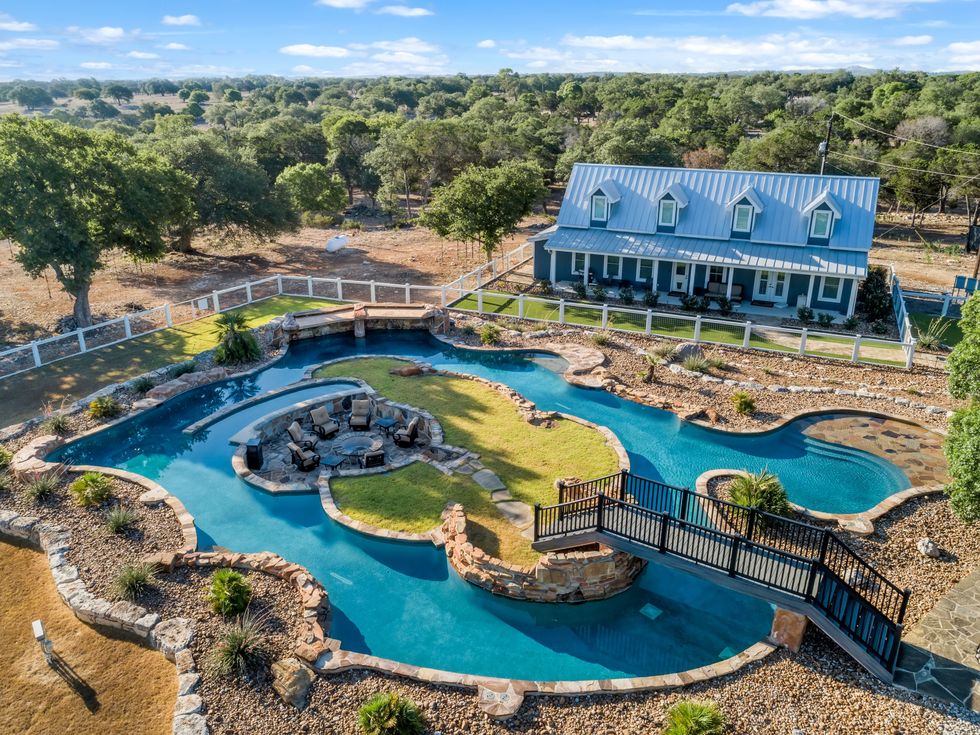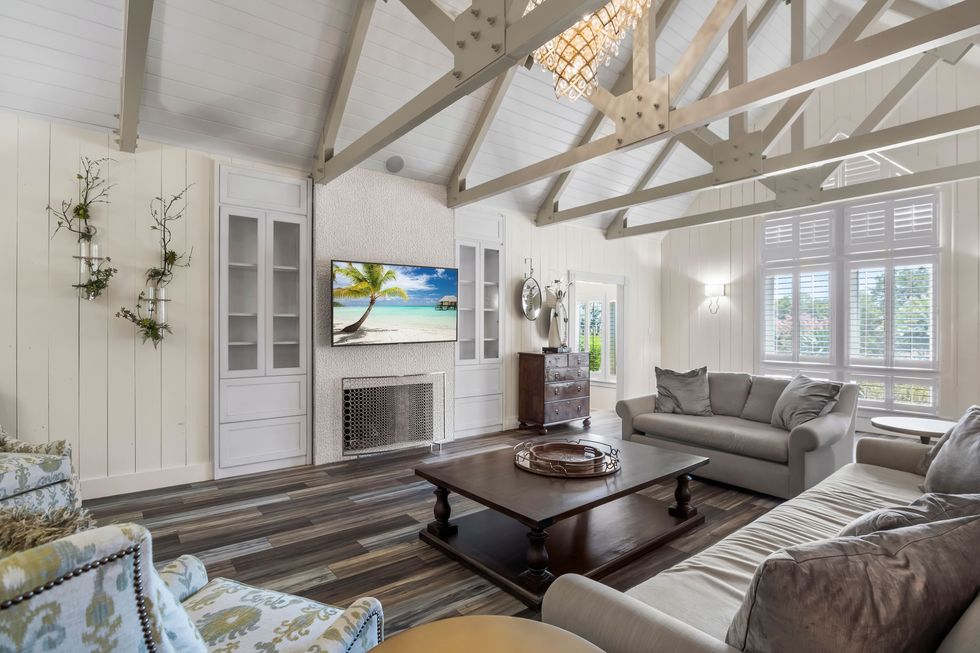Rent Vs. Buy
New report reveals many San Antonio homebuyers earn more than $100,000

A new report from real estate and rental website Zillow reveals that the income gap is widening between renters and homebuyers at an alarming rate — especially in Texas.
Nationally, Zillow found that homebuyers tend to make a median salary of around $80,000 while renters earn just under $40,000, making the difference between the two groups about $41,000. In San Antonio, the difference itself is much bigger than the renters' entire median income.
Homebuyers in the Alamo City tend to hover around the $88,000 salary mark, while renters are stuck down at $36,424, meaning the difference is a whopping $43,576. This highlights how much buyers have pulled ahead during the recovery from the Great Recession, due in large part because renters tend to be younger and single-income households.
The typical homebuyer household in 2017 earned more than 62.7 percent of all households, up from 59.8 percent in 2012.
In addition to high upfront expenses like a down payment and closing costs, first-time homebuyers have to contend with a hot housing market where sales prices have outpaced home values. From 2012 to 2017, Zillow found, home values rose 36 percent while incomes climbed just 11 percent. That means there are now 3.5 million fewer households that can afford to buy the typical home.
Zillow also discovered that the percentage of homebuyers making more than $100,000 a year has gone up 8 percent nationally since 2012. In San Antonio, that number has increased a whopping 21 percent — the most not only in Texas, but in the study overall —with 45 percent of San Antonio buyers earning more than $100,000.
The numbers across Texas are much the same, with Dallas-Fort Worth also seeing a huge growth in homebuyers crossing the $100,000 mark (51 percent in 2017 versus 38 percent in 2012). There's also an extreme salary jump to match, with homebuyers in 2017 making $100,042 while renters made $45,000, for a difference of $55,042.
The gap is similar in the Houston, at $51,615, but pricey Austin is a surprise with the lowest changes all around. The difference there is only $48,250, and the increase is a mere 4 percent over five years.
Zillow found that nationally almost half of renters who moved in the past year (46 percent) considered buying a home instead during their search, but ultimately ended up renting. A third of renters (32 percent) say they will continue renting because they are saving for a down payment, according to the latest Zillow Group Consumer Housing Trends Report.
"Home prices have outpaced incomes for nearly a decade, pushing homeownership further and further out of reach for first-time buyers even as homeownership aspirations remain very high," says Zillow senior economist Aaron Terrazas. "In the past, low interest rates, lax lending, and migration from pricier to more affordable communities have helped square that circle — but those palliatives break down sooner or later. If becoming a homeowner trends further toward the exclusive domain of society's most fortunate, wealth inequality could see an acceleration in the years ahead."














 The view from the lazy river is breathtaking in the evenings.Photo courtesy of Kuper Sotheby's
The view from the lazy river is breathtaking in the evenings.Photo courtesy of Kuper Sotheby's The Windex budget for the sunroom must be substantial.Photo courtesy of Kuper Sotheby's
The Windex budget for the sunroom must be substantial.Photo courtesy of Kuper Sotheby's